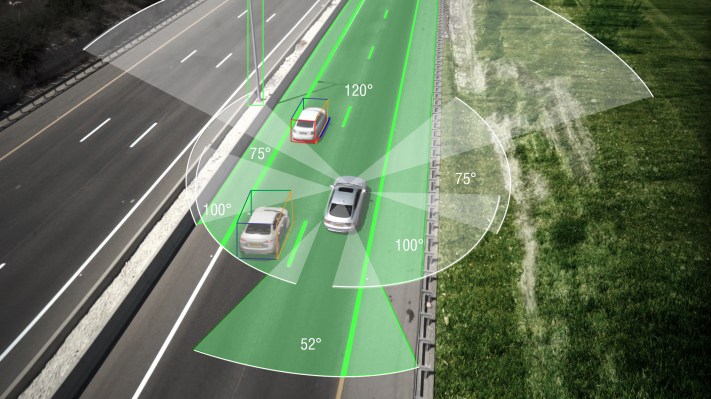Intel and Mobileye are moving forward with the latter’s REM platform, an HD mapping solution that uses data collected by REM-capable vehicles on roads to build maps that can be used as a key ingredient in ADAS and autonomous driving systems.
Mobileye, and Intel post-acquisition, have been setting the stage for REM mapping for a while now. It’s set now to turn on the styes and begin collecting the data, which will be gathered by software build into its EyeQ4 system-on-a-chip. EyeQ4 entered volume production last year, and is now in place in two million cars on the road, including vehicles from BMW, VW, Nissan and more.
Putting the fleet to use will allow it to collect data from cars on actual roads, using onboard sensors to build HD maps that can inform autonomous driving systems and ADAS software of actual conditions in near-real time, with updates provided by the cloud to reflect current road status. That could include stuff like weather data, incident reports and construction information.
It’s a crucial part of the autonomous driving experience, but more importantly, it’s information that has potential for use in the nearer term in advanced safety systems and the semi-autonomous and accident mitigation tech that cars can ship with today, without undue cost or additional research breakthroughs required.
